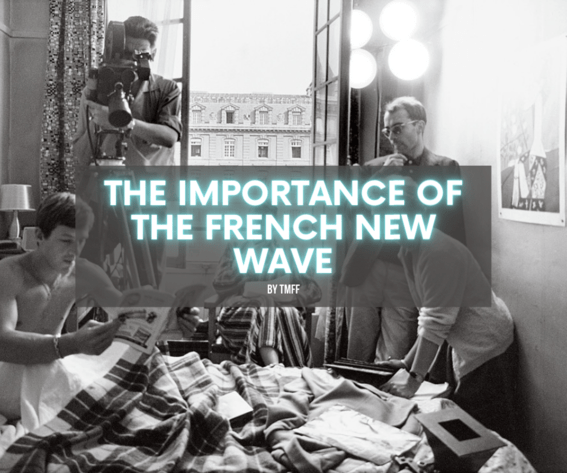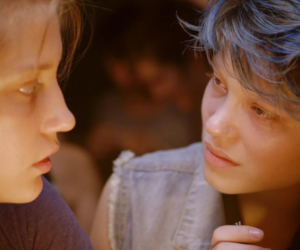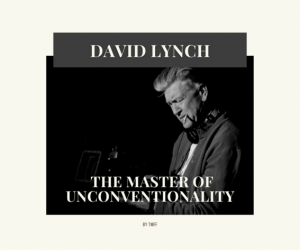Practically every filmmaker, novice or pro, understands the importance of the French New Wave. Having risen in the 1950s as a direct response to Old Hollywood, the French New Wave gave directors full imaginative command over their work. It allowed for improvisational and existential narrating, a disparity to the standard across the globe in Hollywood.
In contrast, the Old Hollywood style underlined solid, simple-to-follow stories delivered by large studios that controlled most or the entirety of the project. The immediate dismissal of the then-famous Old Hollywood style of movies directly impacted U.S. films that followed in the New Hollywood era, birthing countless films we know and love today.
The French New Wave and Its Influence
One can argue that without The French New Wave, the New Hollywood era would’ve been entirely different. Would we have gotten iconic films such as The Graduate, Taxi Driver, The Godfather, or Chinatown? It’s interesting to wonder what could’ve been in that specific matter.
The easiest way to see the influence of a film era is to look up iconic directors and their favorite films. I guarantee you every one of your favorite filmmakers has at least one French New Wave film in their respective lists. It’s mesmerizing how influential a film era like the French New Wave is.
Complex Ideas
As great as the Old Hollywood era was from an entertainment standpoint, many French New Wave films focused on a specific emotion instead of a typical story structure. Common motifs focused on existentialism and the ludicrousness of existence, usually a feeling held by the director.
It was a matter of influencing the audiences to think heavily about their viewing. Rather than feel entertained, a more profound question behind the film’s meaning was present. Long takes allowed crowds’ psyches to meander and realize their experience in the film.
Narrative Isn’t as Important
As great as the typically story-structure is for a film, the French New Wave era is a perfect representation of how improvisation and great filmmaking can override the rules of filmmaking. Directors utilized innovative strategies, including jump cuts and breaking the fourth wall (actors speaking to the audience) to remind viewers they’re viewing a film.
Anti-Studio
Creativity and wanting complete control of your picture is the primary reason for the French New Wave. It was a matter of no longer fulfilling the typical trope studios expected but instead taking artistic risks as a means of expression.
While this change would allow directors to investigate narrating that tested crowds, it likewise meant that they needed to work without the assets of a major studio (big budgets, expensive gear, container filmed sets). Thus, French New Wave directors shot on-location and utilized handheld cameras with natural lighting to save money on their budget.
Essential French New Wave Films
Below are a few essential French New Wave Films to help you get started if you’ve never viewed a film from the era before. Remember, there are countless French New Wave films; these are just some of the best.
Breathless (1960) – A small-time thief steals a car and murders a motorcycle policeman impulsively. Wanted by the authorities, he reunites with a hip American journalism student and attempts to persuade her to run away with him to Italy.
The 400 Blows (1959) – A young boy, left without attention, delves into a life of petty crime.
Vivre Sa Vie (1962) – Twelve episodic tales in the life of a Parisian woman and her slow descent into prostitution.
Alphaville (1965) – A U.S. secret agent is sent to the distant space city of Alphaville, where he must find a missing person and free the city from its tyrannical ruler.
Cleo from 5 to 7 (1962) – Cleo, a singer, and hypochondriac, becomes increasingly worried that she might have cancer while awaiting test results from her doctor.

















